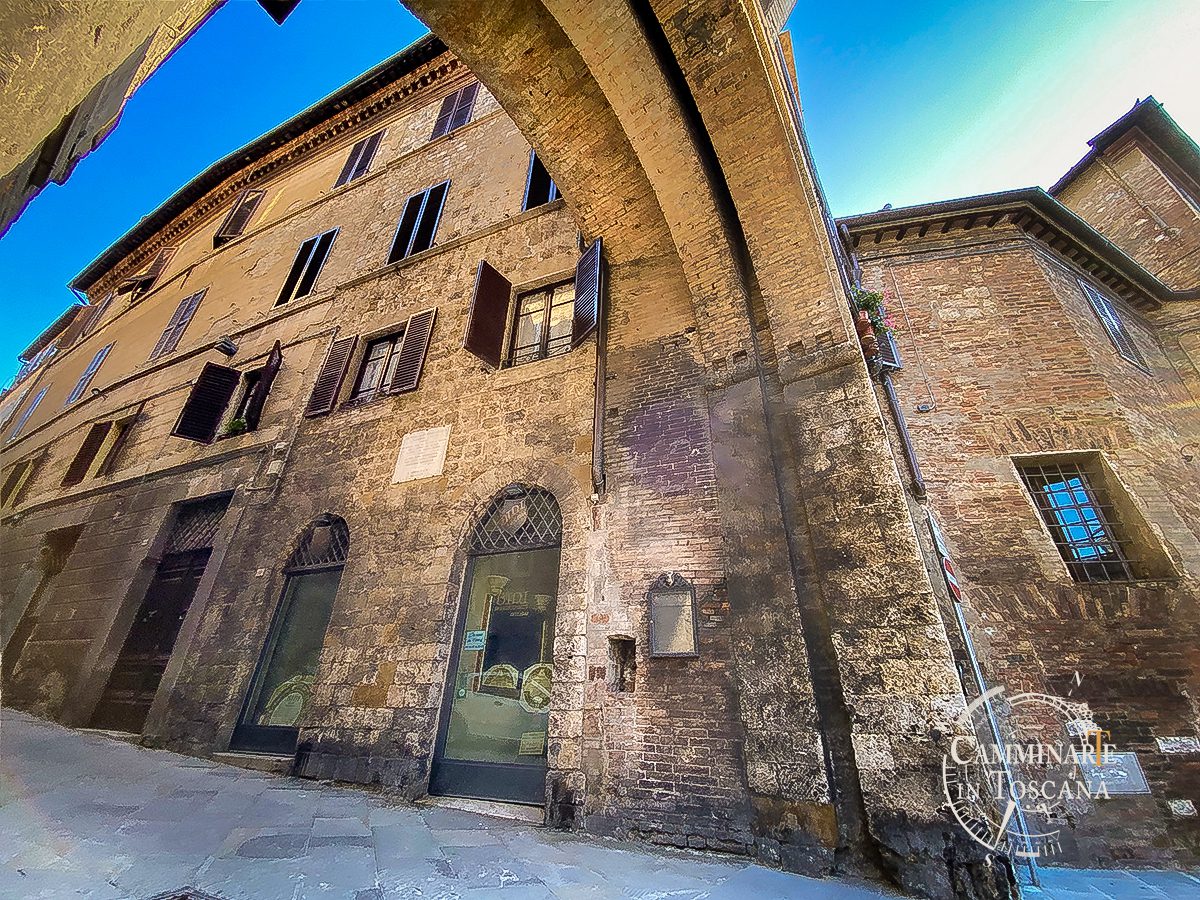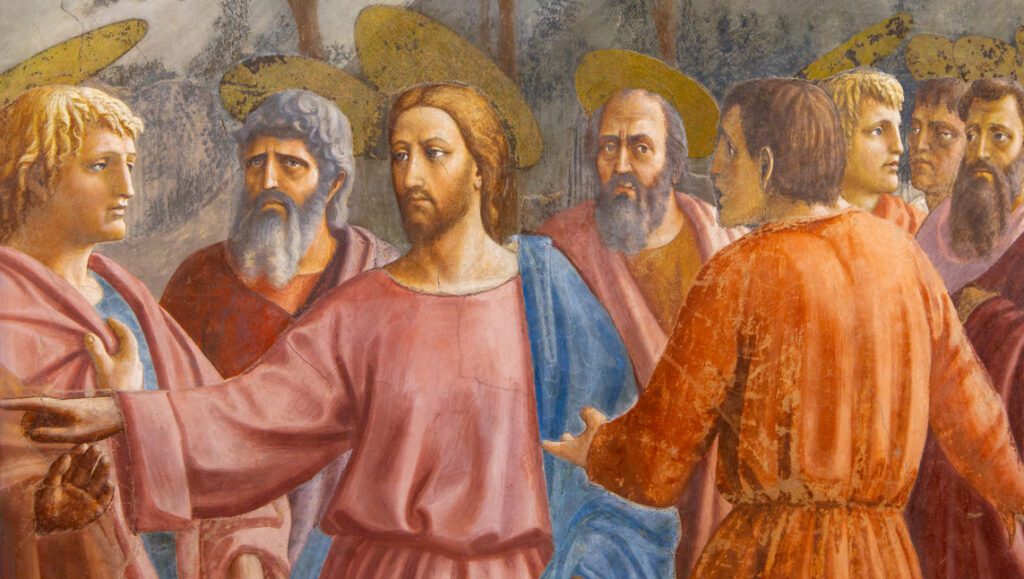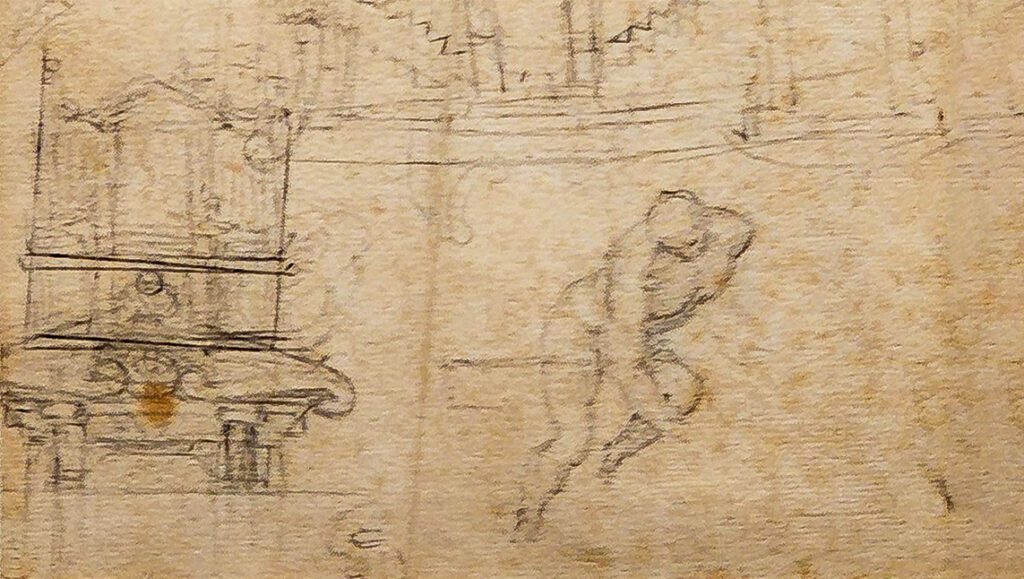
An incredible place to discover in the historic centre of Siena
By visiting Siena, a stunning town that has earned recognition as a UNESCO heritage site for its rich history, there is a place that has a particular significance within the history of Sienese art.
The Duccio’s workshop where the Maestà was painted
How many times have we been fascinated by the history of artists and by the places where they created their works of art? Regrettably, many of the locations where these works of art were brought to life have been lost over time. But in Siena, the atelier where the esteemed local artist Duccio di Buoninsegna created one of his most magnificent works, the Maestà, has been carefully preserved and remains visible from outside – on Via Stalloreggi. The Maestà is a refined altarpiece depicting the Virgin Mary enthroned, surrounded by angels and saints.

Duccio’s workshop, Siena
The painting of a great altarpiece
The great altarpiece, «the largest painted table of the Italian school we received» (cit. Torriti), was commissioned to the artist on 9 October 1308. Completed in 1311, the work came out of the artist’s house on 9 June of the same year, and solemnly carried in procession to the Cathedral, with the presence of the city authorities and the Sienese people.
The table was placed on the main altar of the Cathedral and remained there until 1505, when it was moved to the altar of San Sebastiano (still in the Cathedral).
In 1771 it was unfortunately dismembered and divided into several parts, in order to separate the part painted on the façade from the one painted on the back: Duccio’s masterpiece was, in fact, a painted altarpiece on both sides.
The Duccio’s signature on the Maestà he painted
The artist signed the work on the basis of the throne with an inscription which is also a beautiful dedication to the Virgin:
MATER SANCTA DEI / SIS CAUSE SENIS REQUIEI – SIS DUCIO VITA TE QUIA / PINXIT ITA
The workshop where Duccio painted the altarpiece is in this day indicated by a plaque that remembers that in that house the Maestà was painted. An anecdote tells that it was necessary to come up a particular system to bring the large painting out from Duccio’s workshop which, once the Maestà finished to be painted, was much higher than the door.

The Duccio’s signature on the step of the Maestà throne
The phrase has a very deep and endearing meaning. It was written in latin and the artist put it at the end of the Maesta’s painting. What is the meaning of the inscription, as well as the story of this grandiose painting, can be uncovered by a guided tour of Siena. The ancient Duccio’s workshop stays few steps far from the Cathedral of Siena, the church where the altarpiece by Duccio was destined ⟣



